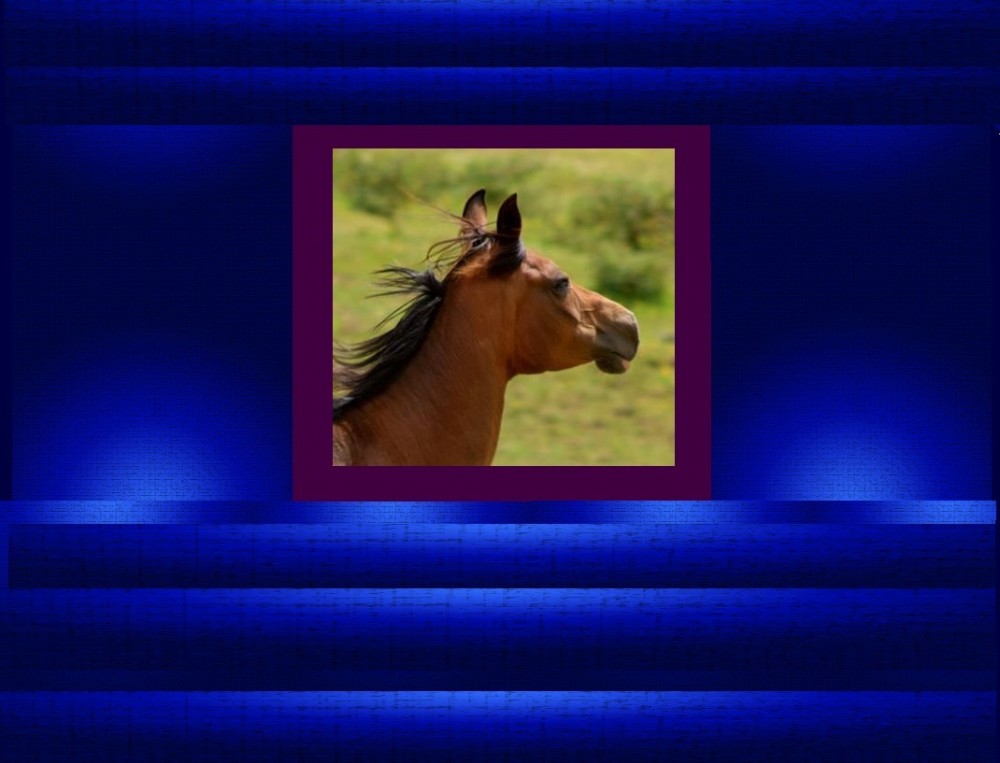Over the years, a lot of fellow boarders where I’ve kept my horses have laughed about some of my horse keeping methods. Since they didn’t understand the logic behind the things I was doing, it appeared to some people that I was either afflicted with obsessive compulsive disorder, or else perhaps I was trying to avoid spending time at my home.
For the record, I don’t think barns need to be “germ free,” and I don’t believe a stall needs to be clean enough to eat a picnic on the floor (a joke someone made once about my stall). However, there is one very important reason for many of the “silly” things I do with my horse care, and that is respiratory hygeine.
It is quite sad, actually to note how many horses living in boarding barns have chronic coughing. These recurrent spells of coughing can be related to many things: allergens, dust and mold sensitivities, viral illnesses, and others. Some horses have a genetic predisposition to airway sensitivities. However, one thing I am absolutely certain of: horses are much more likely to develop coughing if their lung tissues are already compromised than if their airways are kept clear and healthy.
This is where my supposed “eccentricities” regarding horse care come into play. I watch out for the big three culprits that can destroy a horse’s respiratory health: Mold, Dust and Ammonia.
In order to not have exposure to ammonia if your horse is kept in a stall, there must be some form of bedding. However, this is where many people overdo things. Many people put deep bedding down for their horses because they’ve heard of horses getting hock sores. The only problem with this idea is that if you’ve read about or been around horses prone to hock sores, many of them get the sores despite deep bedding or soft ground to lay down on. It is my belief that the purpose of bedding is to absorb horse urine and prevent them from breathing in ammonia fumes. Other than that, adding more only increases the dust their lungs are exposed to.

For my horses, the stalls have rubber matting on the indoor section and sand in the outdoor runs. I give my horses a small “litter box” area to urinate in and bed part of the rubber matting with pine shavings. This means I can replace all the bedding each week and put down fresh, and also reduces the amount of bedded area in the stall which cuts down on the dust. Since horses weigh so much, leaving shavings in a stall for more than a few days before replacing it means the shavings are pulverized into smaller particles that are more dusty.

This horse does not need his entire floor covered with shavings.
Because I don’t want my horses breathing in dust while they eat, I sweep the rubber mats and make sure all the pine bedding is away from where the horses eat their hay. Since the stalls only have walls on a couple of sides and are otherwise open to air, there is lots of air movement. Ideally, horses live outside and only go into a shelter area when there is inclement weather. My horses have to go into stalls with run-outs at night because my mare, Valhalla requires a lot of concentrated feed that takes her a few hours to eat. She would be happy to share her food with another horse, which would not be good for either of them, so she must be separated to eat at night with her buddies nearby.

Mold is the reason horses should not be bedded in straw. When people see me sweeping my stalls’ rubber mats each day, they may not realize that I am removing old hay that may have been dropped by my horses several days ago and is now beginning to mold. Our climate has high humidity, so hay that has been on the ground or exposed to moisture can begin to mold quickly. I also look for damp areas in the corners of the stalls that might be collecting moldy sawdust. Of course it is not harmful for a horse to be around dirt, and it seems silly to get a stall floor swept clean. But breathing in dust and mold for hours and hours each night for the years and years many horses are kept in stalls? That can add up to permanent lung damage.
Moldy shavings
Some of my rules for my horses’ lung health:
-Dropped grain is swept up and removed so it does not have a chance to mold.
-Any uneaten hay is removed so it does not have a chance to mold.
-Old bedding is stripped out if it has been pulverized into dust.
-Eating areas are always swept clean so the horse is not breathing in dust when eating.
-Hay is always fed below resting head level.
-Enough pine shavings in area where horses urinate to absorb the ammonia.
-Areas near horse stalls are not allowed to build up old, dusty or moldy hay or grain.
-Adequate ventilation in the barn.
I’m happy to say my 19 year old and 24 year old mares have no signs of chronic cough or airway issues, despite having been stalled at night for many years.
